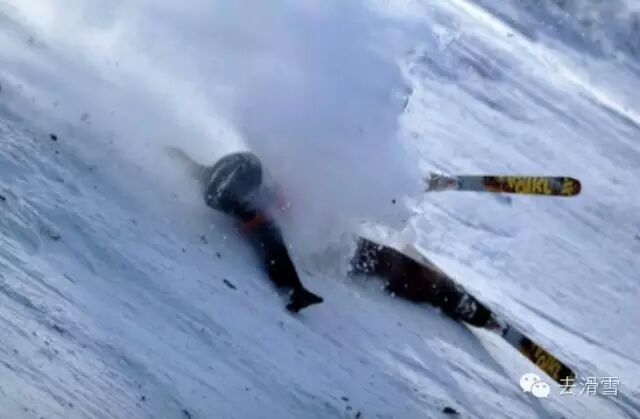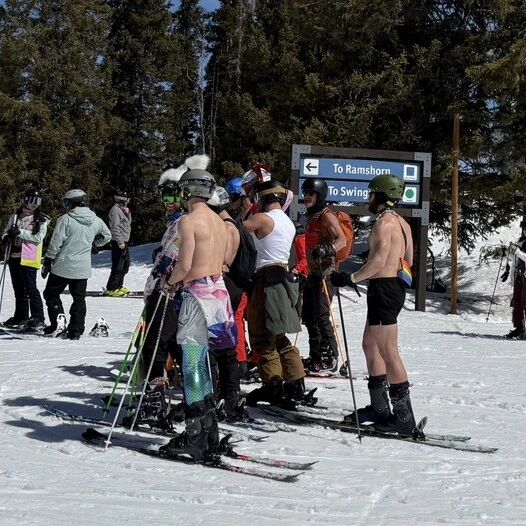Snowboard | Not all snowboards are right for you
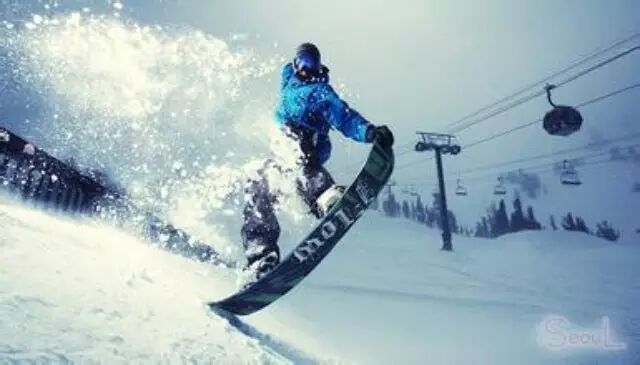

For freestyle snowboards—those equipped with freestyle bindings and soft boots—the boards can generally be categorized as follows:
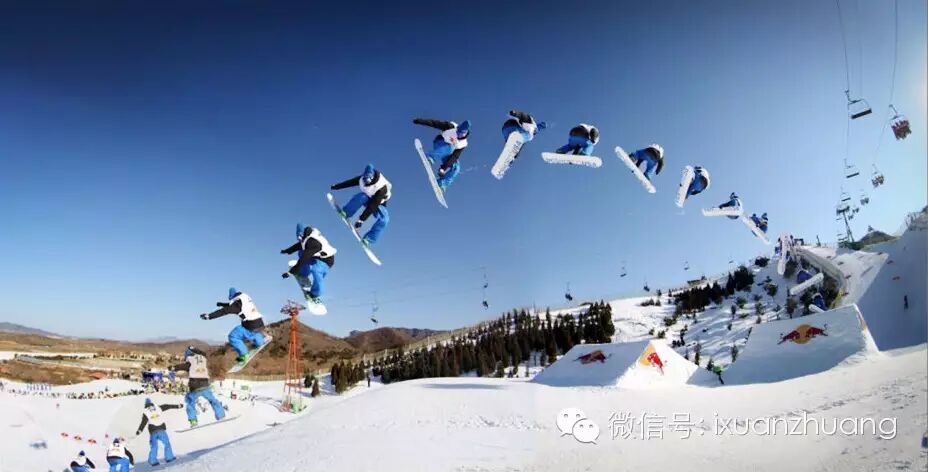
Street, Jib, Rail, Track (Jib, Urban, Street)
Park
Freestyle, Freestyle All-Terrain
All-Mountain
Turning, gliding, on-track and off-track gliding, and freeride (Freeride, Freecarve)
Powder Snow
Outback, backcountry skiing, backcountry climbing, splitboarding, remote wilderness areas, rugged mountain terrain
Jib
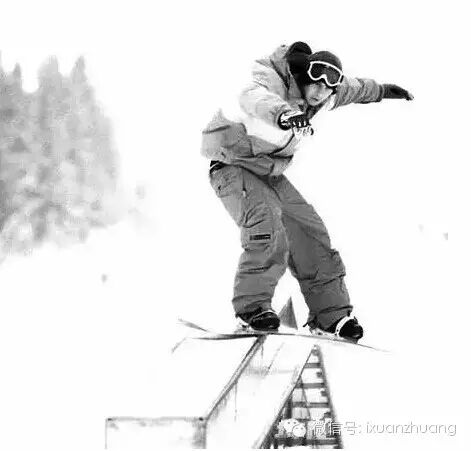
This type of setup is somewhat mixed—some manufacturers are very clear-cut about their approach, while others leave room for park-style riding. Generally speaking, Jib setups are ideal for street-style tricks, featuring a very soft flex with either moderate or slightly springy responsiveness. Most of these boards also come with edge treatments, such as copper edges or rounded blade profiles, to enhance performance.
Park
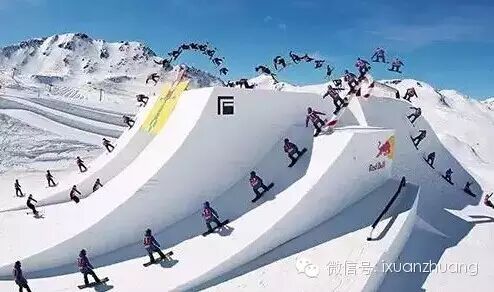
The board is lightweight, slightly soft in hardness, and has excellent elasticity—perfect for park props, bouncing around, and enjoying a carefree day without feeling tired. It’s also great for practicing flatland tricks!
FreeStyle
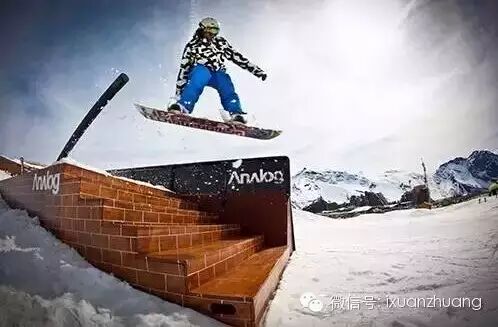
Slightly stiffer than park boards but with excellent flex, these are perfect for handling props and both small and large kickers. They also excel in speed, maintaining strong performance even at high velocities. For all-mountain freestyle boards, these models are highly adaptable to various terrains, making them versatile enough to take anywhere for some fun on the slopes. Additionally, there are several freestyle boards labeled as "all-purpose," marked as **All Mountain Freestyle**—these can also be categorized under the broader **Freestyle** series. All of these fall squarely into the all-mountain category. As for directional versus twin-tip designs, this particular model isn’t heavily influenced by that distinction.
All of the above feature bi-directional blade designs, typically incorporating blunt, asymmetrical, or uniquely shaped blade ends to enhance performance for tasks like slicing and spreading butter.
All mountain
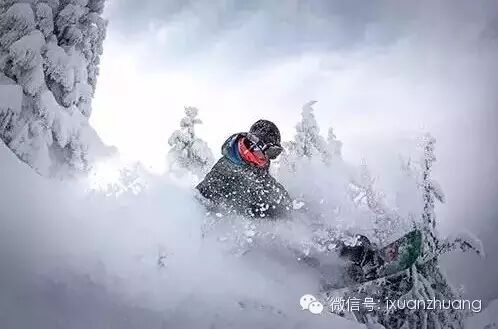
Generally, a directional design is employed, which—compared to bi-directional and uni-directional designs—slightly distinguishes between the board’s nose and tail, though the difference is less pronounced than in a uni-directional setup. Similarly, in terms of flex distribution, directional boards sometimes feature a consistent flex pattern across both the nose and tail, while at other times they incorporate a subtle variation in flex between these two areas. Ultimately, it represents a middle-ground approach. Alternatively, some boards still stick with a bi-directional design. With medium or slightly firm stiffness and excellent flex characteristics, these boards are perfectly suited for riding both on- and off-piste, tackling artificial and natural obstacles, conquering small and large jumps, and even excelling in halfpipes. High-speed gliding is also no problem.
Freeride
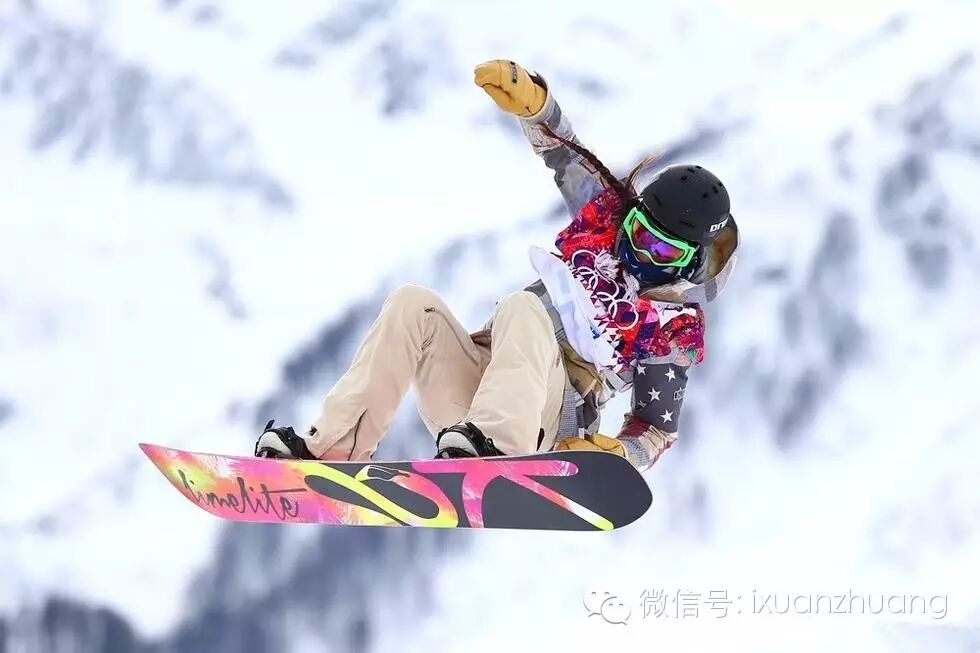
Generally, these boards feature a directional design, with noticeably distinct differences in length and stiffness between the tip and tail. While their performance isn’t drastically different from all-mountain boards, they tend to have greater stiffness combined with excellent flex—making them particularly well-suited for carving turns on groomed runs, high-speed gliding, and dynamic edge-to-edge maneuvers across both groomed and ungroomed terrain. This category of snowboards isn’t very common, though some all-mountain models can also fit into this classification. For instance, the Cobra is marketed as an all-mountain board, yet it excels especially in freeride performance. As a result, the Cobra could arguably be categorized as a freeride board as well—though this classification is based purely on its functional capabilities. After all, it’s impossible to test every single snowboard and reclassify them afterward, so this remains, ultimately, just a personal perspective.
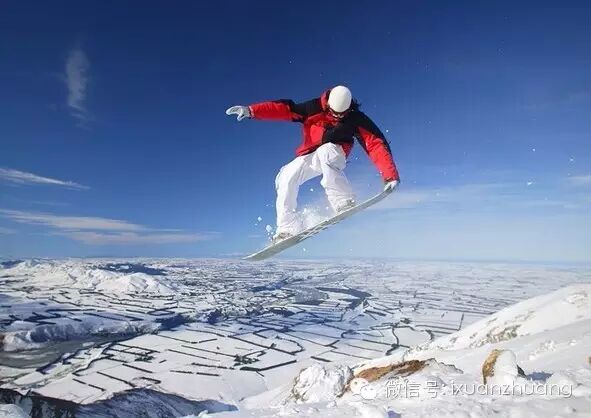
Freeride snowboards are generally better suited for off-piste riding—perfect for navigating untouched powder, soft snow, slushy conditions, and rugged, ever-changing terrain, including forests, moguls, natural obstacles, gullies, and even steep cliffs. That’s why this category often overlaps with disciplines like Powder, Big Mountain, and Backcountry riding. However, some freeride boards prioritize exceptional on-piste carving performance, featuring a highly stable construction, outstanding edge-holding capabilities, long effective edges, a generous sidecut radius, and a remarkably responsive flex pattern—all paired with a lightweight design. Meanwhile, many all-mountain boards in the BX category also deliver solid freeride performance, making them versatile options for riders who want the best of both worlds.
The "Freeride" category is actually quite diverse, as each brand and manufacturer tends to have its own interpretation. However, most focus on off-piste capabilities, while only a few place greater emphasis on on-piste carving—after all, on-piste carving itself remains a relatively niche activity.
Powder
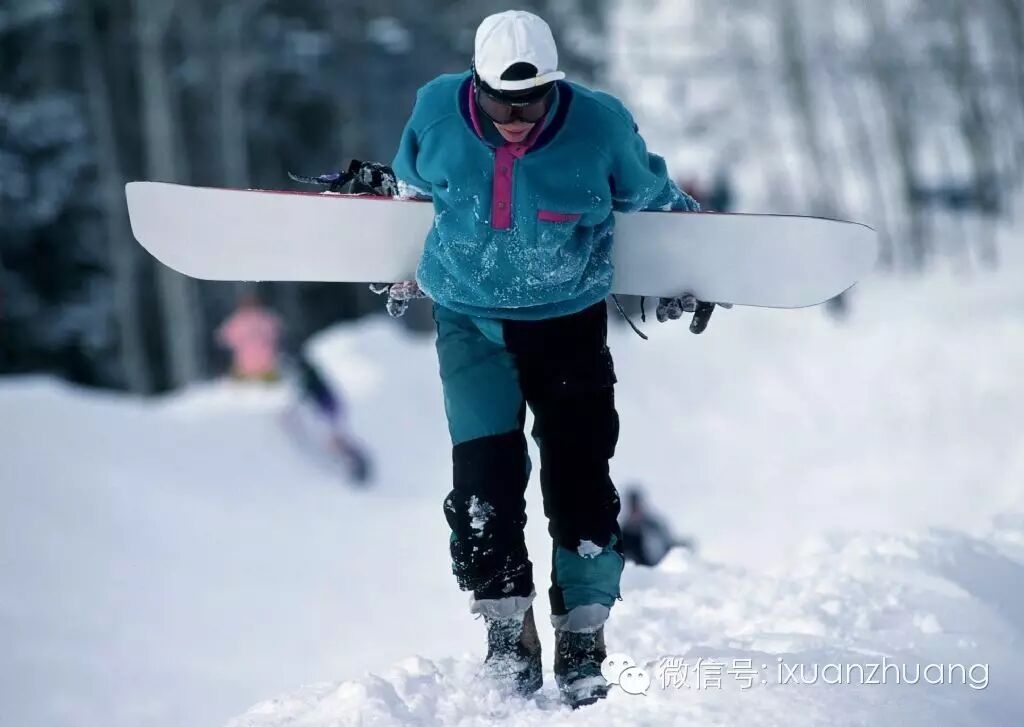
Typically, a special backcountry snowboard design is used—ideally with a swallowtail shape. It features medium to slightly softer flex, providing excellent buoyancy in deep powder while still allowing for nimble turns even in those deep, fluffy conditions.
Big mountain
This category is somewhat unique, and there aren’t many snowboards available, so I’ve included items like splitboards—perfect for backcountry skiing. They’re ideal for those who want a truly wild experience, tackling rugged mountain terrain and sheer cliffs in their most natural, untamed state. Occasionally, this category may overlap with others.
Regarding the issues of directional control and bi-directionality in snowboards, these should be examined from two perspectives: first, the distribution of bindings and the board's shape; second, the varying hardness across the board. Directional snowboards—especially those designed for specific orientations—typically feature different hardness levels at the nose and tail. Additionally, the binding positions can be adjusted to make the nose slightly longer than the tail. Of course, we can also fine-tune the binding spacing to achieve an equal length between the nose and tail. However, it’s crucial not to overlook the inherent differences in hardness distribution. On the other hand, with bi-directional boards, the hardness is evenly distributed between the nose and tail. As a result, even if you adjust the binding spacing to give the nose a slight edge over the tail, the overall performance will still differ somewhat from that of a directional or targeted snowboard.
Cross-country racing and boardercross (BX, Cross—snowboards suitable for both soft and hard boots; the competition-grade models typically belong to the World Cup series): These boards feature a long, effective edge length for optimal snow contact, a relatively large sidecut radius, and a shallow Camber profile. They usually have a flatter nose and tail design, with notably firm flex. This is a distinct category, collectively referred to as Boardercross.
Competition Speed, Alpine Snowboarding can further be divided into the following main categories, which often overlap and intersect with one another. While most classifications remain distinct, they aren’t strictly rigid—after all, it also depends on the manufacturer’s approach. Some brands adopt a highly detailed categorization, while others stick to a simpler distinction between "regular" boards and "narrow" boards. Thus, the classification listed below is merely an example, not an absolute system. The World Cup series, however, is typically treated separately, as both World Cup-specific snowboards and competition-oriented boards are custom-designed for professional events. These boards are tailored to meet the unique demands of racing, featuring precise specifications in terms of width, stiffness, and stability—all critical factors for peak performance on the slopes.
Giant Slalom Board: RS
Slalom, Medium Turn Board: SL
Narrow board: Narrow
Carving: Carving, Freecarver
Super Carving: The Ultimate Edge
Rolling turns, super-carving: Extreme Carving
Competition Series: Competition, Race
World Cup Giant Slalom Series: World Cup RS
World Cup Slalom Series: World Cup SL
Large-radius boards typically incorporate narrower boards, but it also depends specifically on the sidecut radius.
Carving, super-carving, and even switch carving are sometimes grouped together, while other times they’re further categorized based on the width of the board’s waist. Occasionally, these styles are also lumped together with big-carve boards, or even paired with smaller-carve boards—though the exact classification ultimately depends on the sidecut radius.
The competition series sometimes fall under the same category as the World Cup series.
The short-turn and mid-turn boards are sometimes used by players who enjoy the surfboard-style riding as all-around boards, while narrow boards are occasionally chosen by European-style riders as all-purpose options. Ultimately, you can’t always distinguish a board’s intended use solely based on its sidecut radius— it also depends on how the rider chooses to play with it.

![[Event Registration] Recharge Your Skis: Multi-Dolomite 2-Day Fun & Glide Event Now Open for Registration!](https://api.zsiga.xyz/mp-weixin-attachment/cover/19/400759949_1.jpg)
